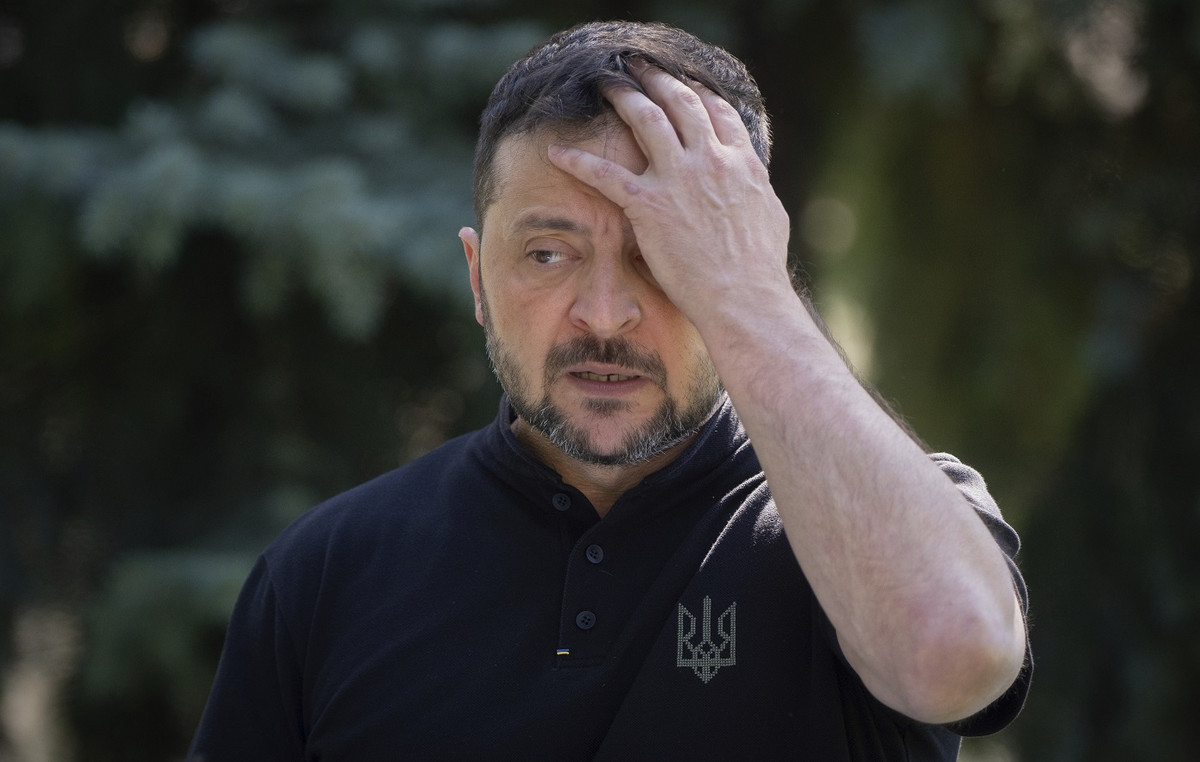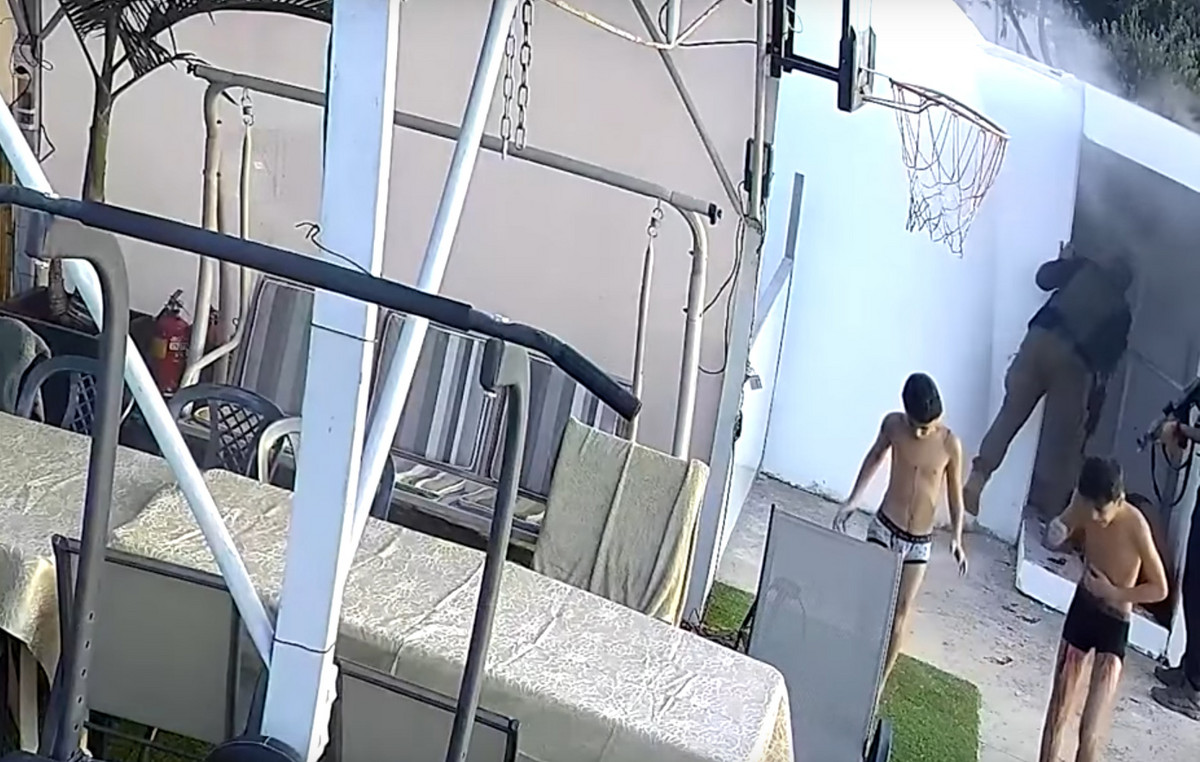Death is part of the natural cycle of life, but that does not mean that people calmly accept the news of the passing of someone close to them. cremation is not yet a very popular procedure in Brazil, but it represents a way of remembering that someone special was once present. Nowadays, it is also possible to transform ashes in diamonds to create an even more sophisticated keepsake.
It is not strictly necessary to turn ashes into diamonds to create a keepsake for a loved one. For example, in addition to the urn itself containing the cremated ashes, some people opt for necklaces, rings, and other jewelry that also hold a small portion of the ashes.
But diamonds are also an option. In this case, the ashes themselves are not in some sort of compartment in the diamond; they go through a chemical process that transforms the carbon in the ashes into a diamond stone.
How to Turn Ashes into Diamonds
In nature, the process of diamond formation occurs inside the Earth under extremely high temperatures and pressures that can reach 60 thousand times the atmospheric pressure at sea level.
This complete process can last from millions to billions of years, which makes diamonds extremely valuable and expensive gems.
The first time a gemstone was produced using a laboratory-recreated process occurred in 1953, when an international team of scientists achieved the milestone after nearly two decades of research.
Due to their sentimental value, companies that manufacture these gemstones sell them under the name memorial diamond .
It is not only ash that can be used to create the piece: if the material is insufficient, it is also possible to use strands of hair to extract the necessary amount of carbon.
Additionally, experts use a small fragment of diamond as a kind of seed, which will transform all the carbon into a gem. The amount of ashes and hair strands required varies from company to company.
Process steps
- After collecting the ashes or hair strands, the material is taken to a laboratory oven that oxidizes everything except the carbon;
- The material continues to be heated for a few weeks until it turns into graphite;
- The graphite is then placed in a core with a metal catalyst and a kind of gem seed;
- This core is then subjected to a furnace that raises the temperature and pressure to extremely high levels;
- After a few weeks, the graphite turns into a raw crystal, which is then polished to become a beautiful diamond gemstone.
It is important to note that there are no special properties to the result of cremation. Ashes contain carbon, as do many other materials, which allows them to withstand the extremely high temperatures and pressures involved in the process.
How much does a memorial diamond cost?
In Brazil, several companies offer this service, such as Lonité, Ever Dear and Diamante Legend. The processes are carried out in laboratories with specialized equipment, in which the materials are subjected to temperatures of up to 1,500ºC and crushing pressures.
A memorial diamond is a luxury product and can take up to six months to produce, from the delivery of the ashes to the completion of the piece. Due to the complexity of the process, prices tend to be high: the simplest versions can cost around R$1,400, while more exclusive pieces can cost up to R$40,000.
Values also vary according to the characteristics of the chosen diamond.
On the Lonité website, a 0.25 option carat in amber color it takes about three months to be produced and costs approximately R$ 1,400. However, if you choose a diamond of a higher carat and in another color, the price can be much higher and production can take up to six months.
This content was originally published in How and how much does it cost to turn ashes of the dead into diamonds? on the CNN Brasil website.
Source: CNN Brasil
Charles Grill is a tech-savvy writer with over 3 years of experience in the field. He writes on a variety of technology-related topics and has a strong focus on the latest advancements in the industry. He is connected with several online news websites and is currently contributing to a technology-focused platform.







